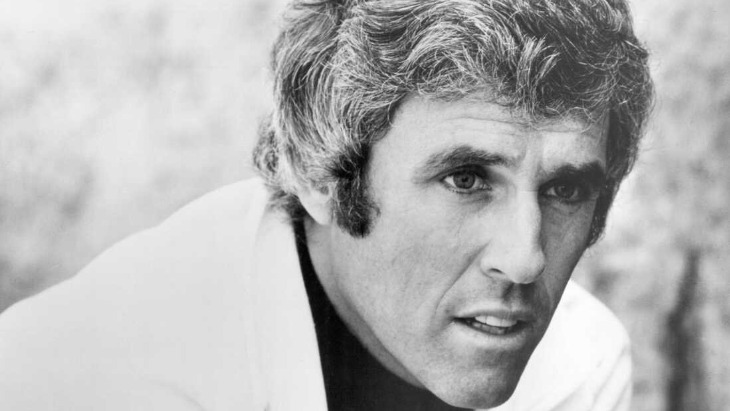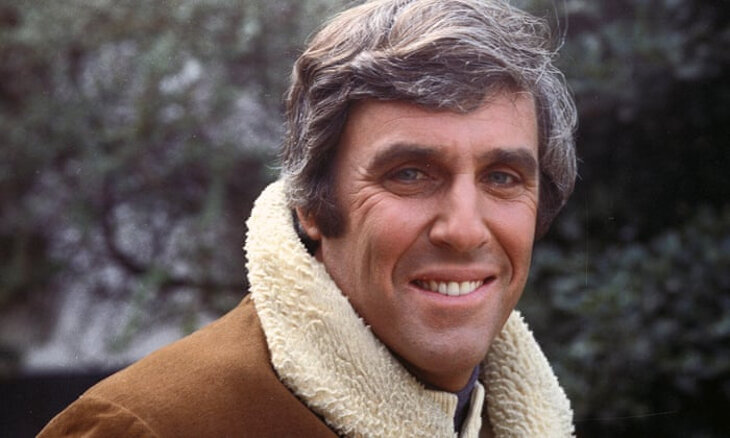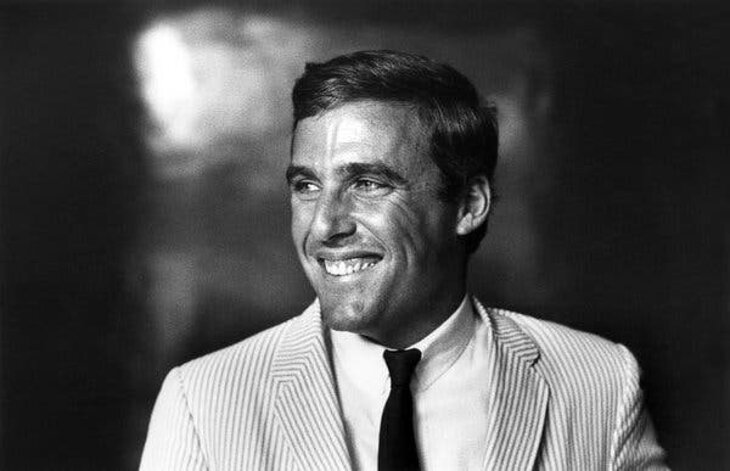 Vampire Weekend's Surprising Jewish Stories
Vampire Weekend's Surprising Jewish Stories


4 min read
The Jewish composer wrote dozens of hits from the 1960s through the 2000s.
Do you know the way to San Jose? If you do, you’ve experienced the magic that was Burt Bacharach. The prolific songwriter, who died last week at the age of 94, wrote hundreds of songs, employing a sophisticated gloss that entertained generations of listeners.
Bacharach was born in Kansas City, Missouri, and raised in the New York neighborhood of Forest Hill, Queens. His Jewish family was highly assimilated; he described in his 2013 memoir Anyone Who Had a Heart, “No one in my family ever went to synagogue or paid much attention to being Jewish.” After a stint in the army, Bacharach attended music school, became an accompanist and band manager, and spent a couple of years touring with the renowned German singer Marlene Dietrich in the late 1950s.

By the early 1960s, Bacharach had an office in the Brill Building in New York, which was a center for music publishing at the time. Many of the composers who worked there were Jewish, including the song-writing teams of Barry Mann and Cynthia Weil and Carole King and Gerry Goffin. Bacharach met the lyricist Hal David there, and the two soon began collaborating on songs together. They aimed for a sophisticated sound, and wrote music for adults rather than the teenage market on which many of their peers concentrated. Their first hit came in 1962 with Don’t Make Me Over in 1962. It was sung by an up-and-coming young artist from New Jersey named Dionne Warwick, and it helped make her a star.
Unlike many of their peers, Bacharach and David wrote music for Black artists, including Dionne Warwick, who worked closely with them throughout the next decade. Their many hits included Anyone Who Had a Heart (1974), Walk on By (1964), Do You Know the Way to San Jose (1968), Alfie (1966), and I Say a Little Prayer (1968).
 Burt Bacharach and Dionne Warwick
Burt Bacharach and Dionne Warwick
While he wrote upbeat, romantic songs about love and friendship, Bacharach’s own personal life was turbulent. He married four times and fell out with some of his closest friends and collaborators, including Hal David and Dionne Warwick. In his memoir, Bacharach described his regret at ending his partnership with Hal David: “It was all my fault, and I can’t imagine how many great songs I could have written with Hal in the years we were apart.”
For much of the latter 1970s, Bacharach’s career stagnated. He toured and played his own songs, and even recorded an album with the Houston Symphony. Yet his early commercial success eluded him.
In 1982, he married the lyricist Carole Bayer Sager. She became his third wife and his collaborator, and energized Bacharach, helping him to compose again. They hit the Number One spot on the music charts in 1986 with two songs, On My Own, and a remake of That’s What Friends are For, whose proceeds they donated to help fight the AIDS epidemic. Their lyrical, emotional anthems helped give voice to some of their listeners’ very deepest hopes and emotions.
Now I know what loving you cost
Now we’re up to talking divorce and we aren’t even married….
On my own…once again…now….
One more time…by…myself
No one said it was easy
No-no-no ooh no
But it once was so easy.(From On My Own by Burt Bacharach / Carole Bayer Sager, 1986)
In the 1990s, Bacharach found a measure of peace, and reconciled with Dionne Warwick and Hal David. Bacharach and David began to collaborate again, producing the hit Sunny Weather Lover.
In 1993, Bacharach married his fourth wife, former model Jane Hansen, and soon found a new muse, the singer Luther Vandross, who sang remakes of some of Bacharach’s greatest hits. Bacharach continued to compose well into the 21st century, and won his seventh Grammy in 2006 for the instrumental album At This Time. (He won a lifetime achievement Grammy as well in 2008.)

In his memoir, Bacharach described himself as lucky, noting that he was proud of his career as a performer, as well as a composer. “Most composers sit in a room by themselves and nobody knows what they look like. People may have heard some of their songs, but they never get to see them onstage or on television,” he wrote. He relished the many fans he’d met over the years who told him how much his music meant to them. “Whether it’s just a handshake or being stopped on the street and asked for an autograph or having someone on a song I’ve written, that connection is really meaningful and powerful to me.”
